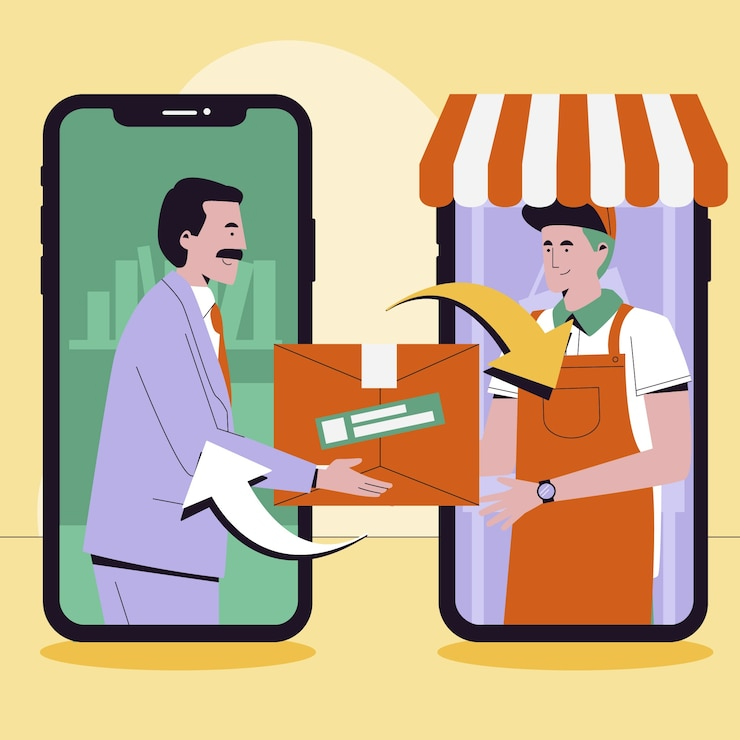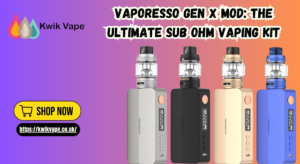
The food delivery industry has witnessed tremendous growth in recent years, with many businesses adopting mobile apps to offer convenient delivery services. In this competitive landscape, user experience (UX) has become a crucial factor that directly influences the success of food delivery app. A well-designed app with seamless navigation, intuitive interfaces, and personalized features can make all the difference in ensuring customer satisfaction and loyalty. This blog explores the significant impact of user experience on food delivery apps and highlights key factors that contribute to creating a positive UX.
The Importance of User Experience in Food Delivery Apps
What Is User Experience?
User experience (UX) refers to how users interact with and perceive a digital product, such as a mobile app or website. It encompasses everything from the ease of navigation to the visual design, response times, and the overall functionality of the app. In the context of food delivery apps, UX is about ensuring that users can easily browse menus, place orders, and receive deliveries without encountering any frustrations or complications.
Why Is UX Crucial for Food Delivery Apps?
Food delivery apps rely heavily on customer satisfaction, as users expect a fast, convenient, and hassle-free experience. A poor UX can result in users abandoning the app in favor of competitors, while a seamless and enjoyable UX can foster repeat customers and positive word-of-mouth. In an industry where convenience is king, the quality of the user experience can make or break a food delivery app.
How UX Affects Customer Retention
One of the key benefits of a good UX is its impact on customer retention. Users are more likely to return to an app that provides them with a smooth and enjoyable experience. On the other hand, slow loading times, confusing layouts, and complicated ordering processes can lead to frustration and churn. By focusing on optimizing UX, food delivery businesses can retain their customers and build a loyal user base.
Key Components of an Effective User Experience for Food Delivery Apps
Intuitive User Interface (UI)
Simple and Clear Navigation
The user interface (UI) plays a vital role in shaping the overall user experience. A clean and intuitive UI allows users to navigate the app effortlessly. For a food delivery app, menus, categories, and order options should be easy to find and present. Complex designs or hidden features can frustrate users and lead to abandoned orders.
Visual Appeal and Branding
The visual design of the app should reflect the brand’s identity while also being visually appealing. Consistent color schemes, high-quality images of food items, and an aesthetically pleasing layout can make the app more engaging and attractive to users. Additionally, visuals should be used to guide users through the ordering process without overwhelming them.
Fast and Efficient Performance
Quick Loading Times
One of the most important aspects of UX is app performance. Users expect fast loading times, especially when they are hungry and looking to place an order. A delay of even a few seconds can lead to impatience and prompt users to exit the app. Optimizing the app’s performance to ensure it loads quickly is essential for maintaining user satisfaction.
Real-Time Updates
Another crucial aspect of performance is providing real-time updates throughout the ordering process. From confirming the order to tracking delivery, users should have access to accurate and timely information. Apps that offer real-time tracking of deliveries not only enhance the user experience but also increase trust and transparency.
Streamlined Ordering Process
Easy Sign-Up and Checkout
A smooth ordering process is critical to creating a positive UX. Complicated sign-up processes or multiple steps during checkout can lead to frustration. Offering options like social media logins, guest checkouts, and secure payment gateways can simplify the experience and reduce friction.
Customization and Personalization
Allowing users to customize their orders, such as adding or removing ingredients or choosing portion sizes, is a key feature in food delivery apps. Personalized recommendations based on previous orders or user preferences can also enhance the user experience by making the app feel more tailored to individual needs.
Payment Security and Multiple Options
Secure Payment Gateway
Security is a top priority for any app that handles financial transactions. Users need to feel confident that their personal and payment information is protected. Implementing a secure payment gateway with encryption and offering payment options such as credit/debit cards, mobile wallets, and cash on delivery ensures a safe and reliable transaction process.
Offering Diverse Payment Methods
In addition to security, offering a variety of payment methods can improve UX by catering to different user preferences. Some users prefer using mobile wallets, while others may opt for card payments or cash on delivery. Providing multiple options increases user convenience and satisfaction.
Personalized Push Notifications
Relevant and Timely Messages
Push notifications can be a powerful tool for engaging users, but they need to be personalized and timely to avoid becoming annoying. Sending notifications about special offers, discounts, or reminders about abandoned carts can drive user engagement. However, irrelevant or too frequent notifications can lead to app uninstalls.
Promoting Discounts and Special Offers
Strategically using push notifications to promote exclusive deals or limited-time offers can encourage users to place orders. Personalizing these messages based on the user’s location, order history, or favorite restaurants can make them more effective and engaging.
The Role of UX Testing in Food Delivery Apps
Continuous Improvement Through Testing
UX testing is an essential component of developing a successful food delivery app. Regularly conducting usability tests, gathering user feedback, and identifying pain points allows businesses to continuously improve their apps. By testing different features, layouts, and user flows, developers can ensure that the app evolves to meet the changing needs and expectations of users.
A/B Testing for Optimization
A/B testing is a valuable technique that involves comparing two different versions of the app to determine which one performs better. Whether it’s testing the placement of buttons, color schemes, or the flow of the ordering process, A/B testing can provide insights into what works best for enhancing UX and increasing conversion rates.
The Impact of UX on Business Success
Increased Customer Satisfaction
The most direct impact of a good UX is increased customer satisfaction. When users can easily find what they are looking for, complete their orders without issues, and receive their food promptly, they are more likely to have a positive perception of the app. Satisfied customers are not only more likely to return but also to recommend the app to others, leading to organic growth.
Higher Conversion Rates
A seamless UX can significantly improve conversion rates. When users can navigate the app quickly, find appealing options, and check out with ease, they are more likely to complete their orders. Reducing friction at any stage of the user journey—from browsing to payment—can lead to higher sales and revenue.
Competitive Advantage
In the crowded food delivery market, a well-designed app with superior UX can be a major differentiator. Businesses that invest in optimizing the user experience can gain a competitive advantage over rivals with clunky or outdated apps. As customer expectations continue to rise, those who prioritize UX will be better positioned to thrive in the long term.
Conclusion
The user experience is a critical factor in the success of any food delivery app developed by an on-demand app development company. From intuitive navigation and fast performance to secure payments and personalized features, every element of the app contributes to creating a seamless user experience. Businesses can enhance customer satisfaction, drive engagement, and ultimately increase revenue by focusing on UX design and continuously improving based on user feedback. In an industry where convenience and speed are paramount, delivering an exceptional user experience can set your app apart and ensure long-term success.



